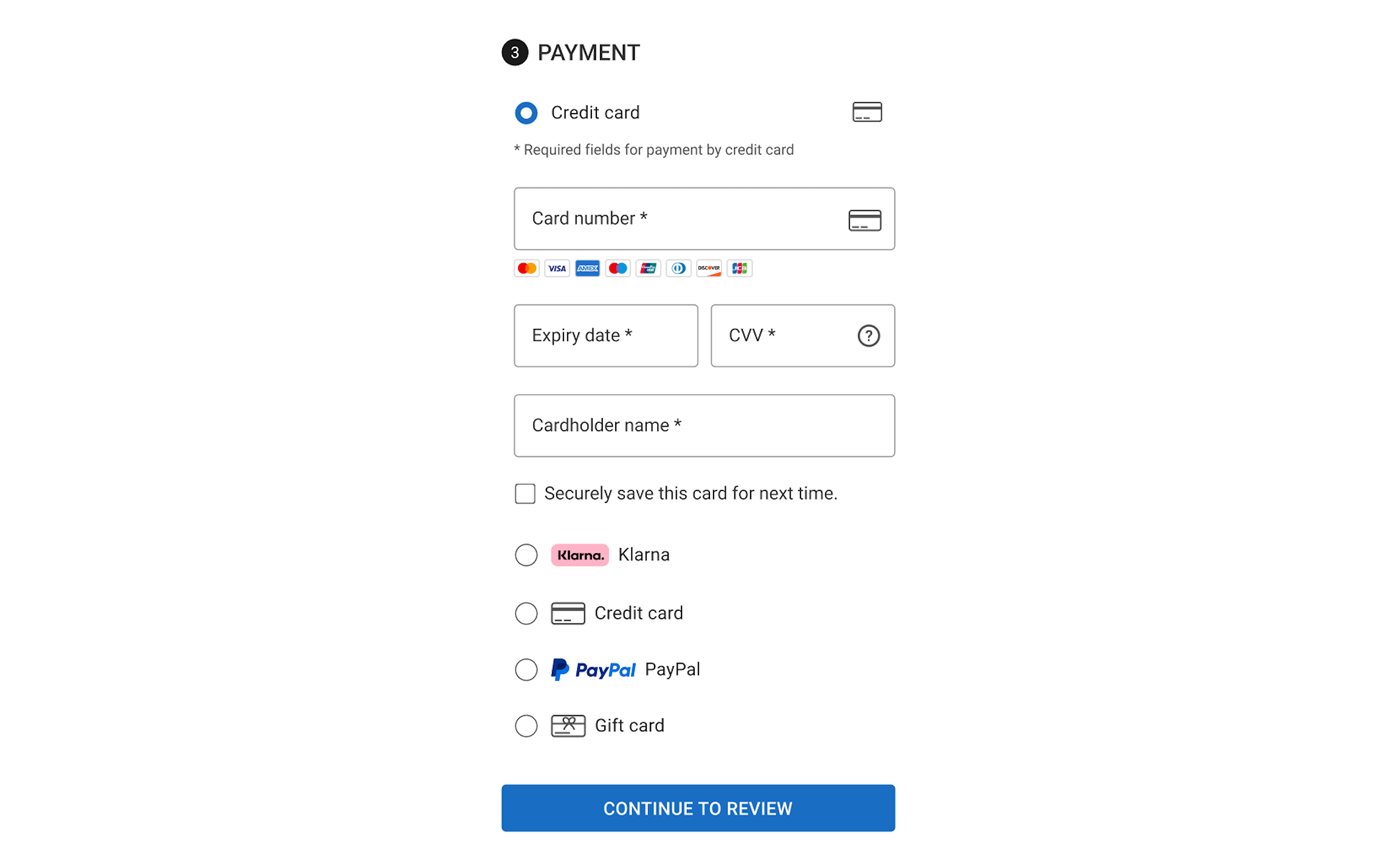
What you’ll learn:

The cost of friction
Every merchant knows the frustration of watching a full cart vanish before checkout. You’ve done everything right, enticed the shopper, showcased the products, even nailed the promotion, and then, at the final step, they leave. No payment. No sale. Just another abandoned cart.
It’s not because they changed their mind. It’s usually because checkout itself has become the barrier.
Every online store faces the same invisible tax: Checkout friction. It’s the silent killer that turns genuine intent into empty carts.
Most brands underestimate just how steep that drop is. More than seven out of ten online shopping sessions end without a completed purchase (Baymard Institute). And roughly one in five shoppers abandon the process because it is simply too long or complicated (ContactPigeon).
Re-entering payment details, confirming addresses and jumping through verification screens create micro-frustrations that stack up, especially on mobile, where typing a card number can feel like defusing a bomb. This mental effort, often called cognitive load, disrupts the buying flow at the exact moment when intent is highest.
Even small improvements matter. Deloitte Digital found that a 0.1-second speed gain can lift conversions by 8 percent. Add one more delay, one more manual entry, and the result isn’t a “slower checkout”; it’s a lost sale.
Because friction doesn’t just waste time, it breaks trust.
Why frictionless checkout changes everything
Think about what it feels like to buy something on Amazon or with Apple Pay. You see the item, tap once and it’s done. There’s no hesitation, no typing and no wondering whether your card is accepted. It’s not just fast, it’s familiar.
That sense of effortlessness is what shoppers now expect everywhere. They’ve been trained by one-tap experiences — and anything slower feels broken. A frictionless checkout isn’t just convenient; it signals trust and confidence. When users can glide through the payment process, it tells them, “This brand knows me, values my time and can deliver.”
Hotjar found that 9 percent of users abandon checkout simply because their preferred payment option wasn’t available. Combine that with slow forms and you have a perfect storm. On the other hand, merchants who simplify checkout consistently see double-digit conversion gains.
Once a shopper enjoys an effortless checkout and payments, that becomes the new baseline and failing to meet it next time feels like regression.
Introducing stored payment methods in the Payment Hub
That’s why we’re introducing Stored Payment Methods, a thoughtful feature with a big impact.
Logged-in customers can now securely save their preferred card or wallet for future use. On their next visit, they check out in seconds, no re-entering, no wasted taps, no friction.

When merchants enable this feature in their payment connector, customers see a “Save this card for next time” checkbox during checkout. Their PSP (payment service provider) safely stores card data and issues a secure token, not the card number itself. That token powers future purchases, ensuring full PCI compliance and protecting both the shopper and the merchant.
If a customer already has stored methods, the most recent one appears automatically. They can switch, add or delete methods at any time. If no stored credit cards exist, checkout displays a regular option where the customer can fill in information.
The stored payments feature is available across both Payment-Only and Complete Checkout flows and is instantly accessible to logged-in users. Each stored method is tied to an account and validated by the PSP before it’s used.
The result: A faster and cleaner checkout experience, one that mirrors what shoppers already expect from the world’s best digital stores.
Why this matters for merchants
Every second saved at checkout is a step toward higher conversion. Faster flows mean fewer abandoned carts and more repeat purchases. Once buyers experience effortless checkout, they are more likely to come back. And, since each stored method is connected to a verified account, the risk of fraud drops and identity signals improve.
Modern shoppers compare every purchase not just to other retailers, but to the best checkout they’ve ever used. Whether that’s Amazon, Klarna or Apple Pay, the expectation is fast, reliable and invisible.
For merchants, that turns checkout from an operational task into a growth engine.
Measuring success
The beauty of stored payments is that you don’t have to wait long to see the difference. They show up right where it matters most: In your numbers.
Once stored payments are live, keep a close eye on five simple metrics:
Save rate: The percentage of customers choosing to store a payment method.
Reuse rate: How often returning customers complete checkout using a stored method.
Checkout duration: The average time from the payment step to confirmation. Expect it to drop significantly.
Payment success rate: Fewer declines as validated, tokenized cards are reused.
Abandonment at payment step: Track the reduction compared to pre-launch benchmarks.
Start your frictionless checkout experience
Checkout isn’t the end of the experience; it is the experience. The best brands design it as a product, not a form.
Stored payment methods mark a shift toward effortless commerce where speed and security coexist, and paying feels almost invisible. They blend automation with control, giving customers what they’ve silently wanted all along: The ability to pay without friction.
Ready to simplify your checkout? Enable Stored Payment Methods in your commercetools Checkout today. Give your shoppers the speed they expect — and your conversion rate will thank you for it. Learn how to set it up in our documentation.